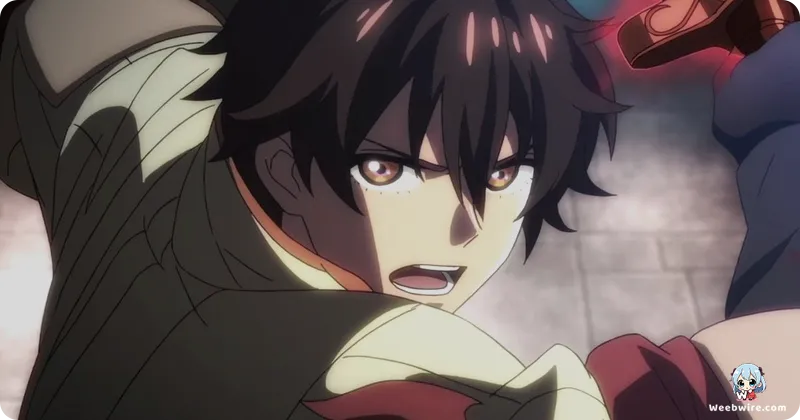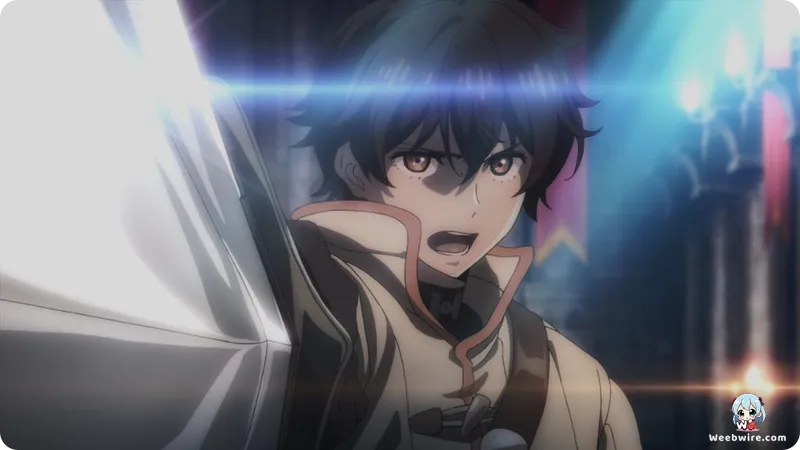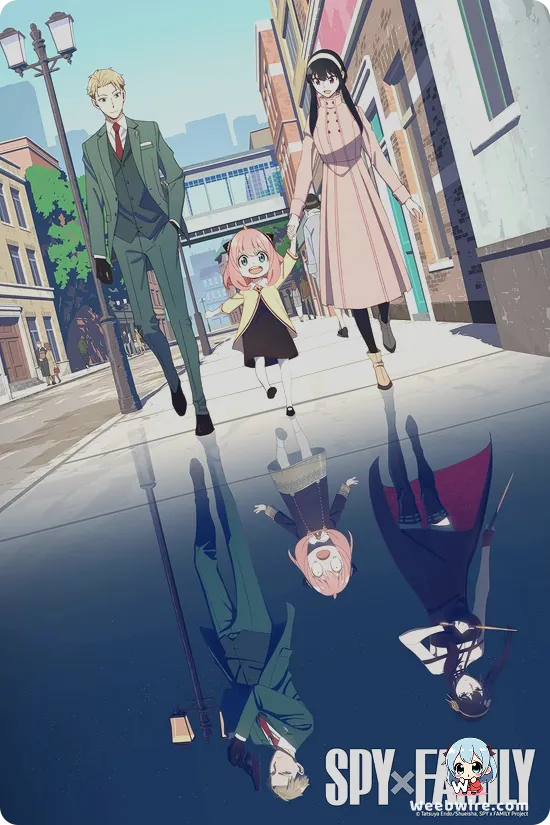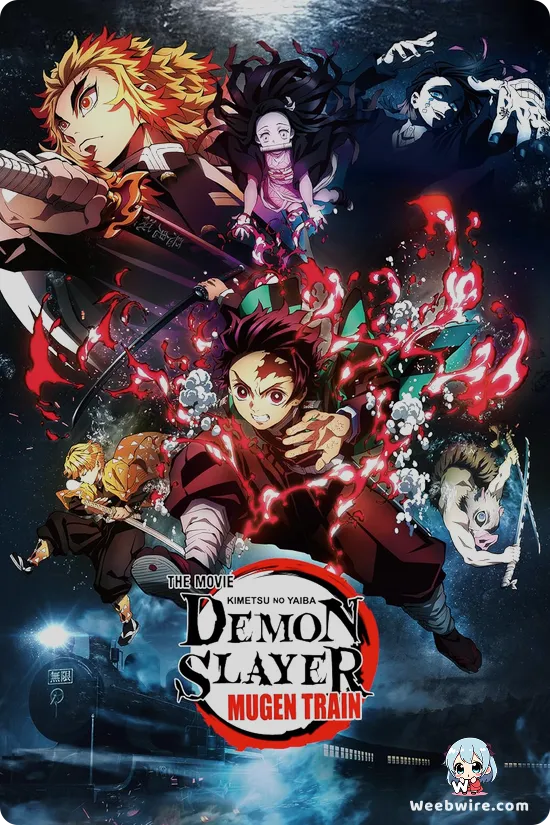Chain Chronicle's Philosophical Core Explored: Unpacking 'The Light of Haecceitas' Anime Adaptation

Years after its initial debut, the anime adaptation of Chain Chronicle - The Light of Haecceitas - continues to enthrall audiences. It captivates not only with its dynamic action and rich fantasy but also through its intricate source material and the significant challenges overcome in its transition from a sprawling mobile RPG to a concise anime series. For both long-time fans and newcomers, a wealth of fascinating insights reveals the profound depth of this often-underestimated title.
From Mobile RPG to Anime Epic
At its core, Chain Chronicle - The Light of Haecceitas - is an adaptation of Sega’s highly successful 2013 mobile tower defense RPG. This game captivated players with strategic combat and an expansive narrative across diverse regions, featuring hundreds of distinct heroes. A key insight for new viewers lies in the protagonist's evolution. While the original game's 'Volunteer Army Leader' was a silent, customizable avatar, the anime made the crucial decision to name him Yuuri. This change imbued him with a distinct personality, voice, and backstory. This creative choice was vital for a linear narrative, fostering immediate emotional connection, yet it marked a notable departure for long-time game fans accustomed to self-projection.
The Philosophy of 'Haecceitas'
The anime's subtitle, 'The Light of Haecceitas,' is deeply philosophical. Originating from medieval scholasticism, 'Haecceitas' refers to the 'thisness' or 'individuality' of a thing. This concept is central to the narrative: the antagonist, the Black King, seeks to erase all individual 'haecceitas,' merging all beings and history into a singular entity, thereby removing individual will. The Volunteer Army, led by Yuuri, thus fights for individual existence and the preservation of diverse identities. Understanding this philosophical underpinning elevates the series from a simple fantasy into a profound exploration of identity and free will.

Adapting a Grand Scale
Adapting a game with such an expansive world and hundreds of characters into a mere 12-episode anime was a monumental task. Telecom Animation Film, alongside the production committee, made difficult choices regarding pacing and character focus. While the anime largely follows the game's first arc, it necessarily condenses events and combines roles. Consequently, beloved side stories and extensive character developments from the game were often abridged or omitted. This was a pragmatic approach necessary for the anime format.
Fans will appreciate the continuity in voice acting, with many original Japanese voice actors from the mobile game reprising their roles, providing a familiar auditory experience. This dedication honored the loyal fanbase. The cheerful fairy companion, Pirika, also plays a crucial role, serving as a vital link to the lore of the Chain Chronicle itself—the magical book recording world history, whose pages the Black King seeks to overwrite. Her optimism and connection to the Chronicle translate directly from the game.
Telecom Animation Film, known for diverse works like Lupin the 3rd Part 4 and Orange, applied its distinct animation style to Chain Chronicle. While celebrated for dynamic action and expressive character animation, adapting a fantasy epic like this presented unique creative demands. The anime stands as a testament to their versatility. In essence, Chain Chronicle - The Light of Haecceitas - is more than an adaptation; it is a compelling case study in reimagining a sprawling interactive narrative for a linear visual medium, preserving its philosophical heart and cherished characters. It remains a fascinating watch for those interested in thoughtful fantasy and the intricacies of cross-media storytelling.
Credits
Chain Chronicle - The Light of Haecceitas -
Author
Sega (original game developer)
Cover Art
Masashi Kudo (character designer)
Studio
Telecom Animation Film
Publisher
Sega
Producers





